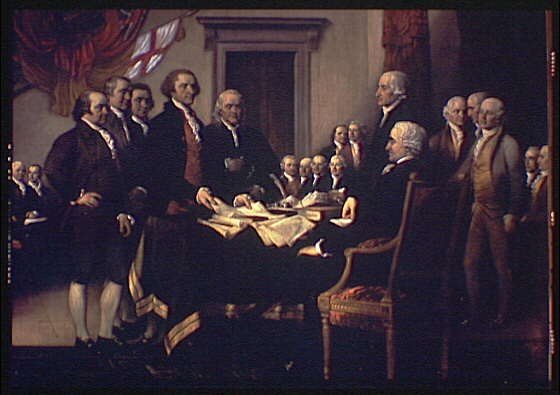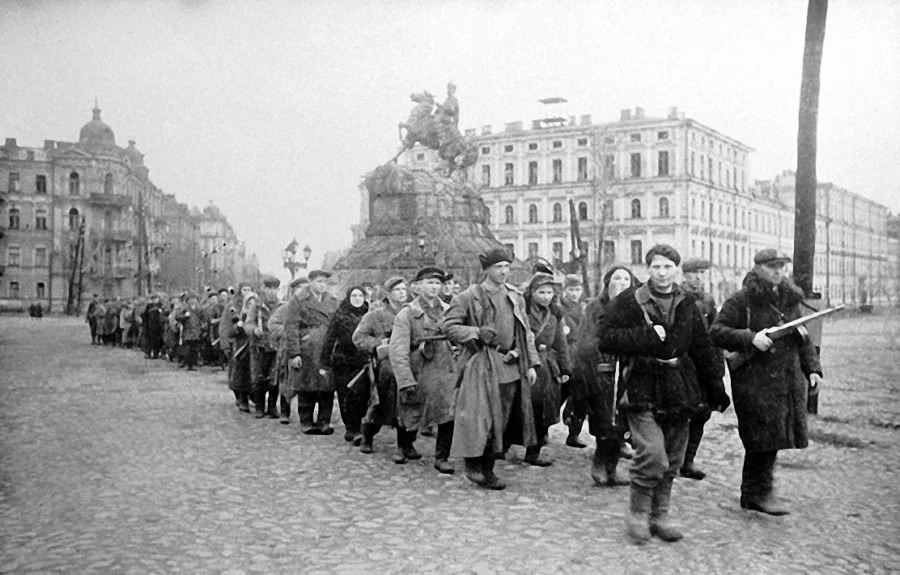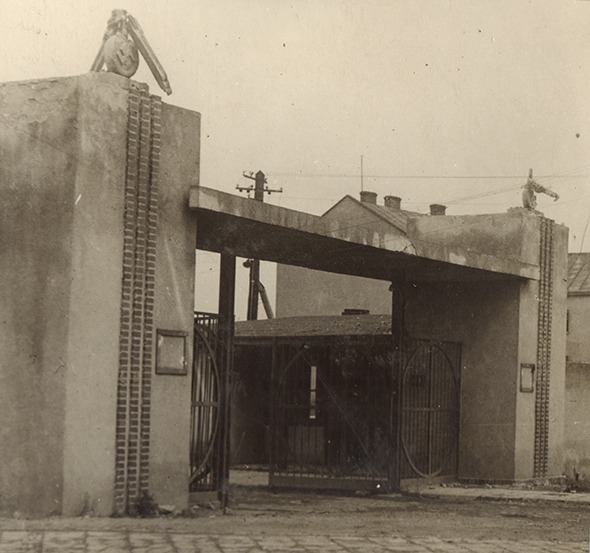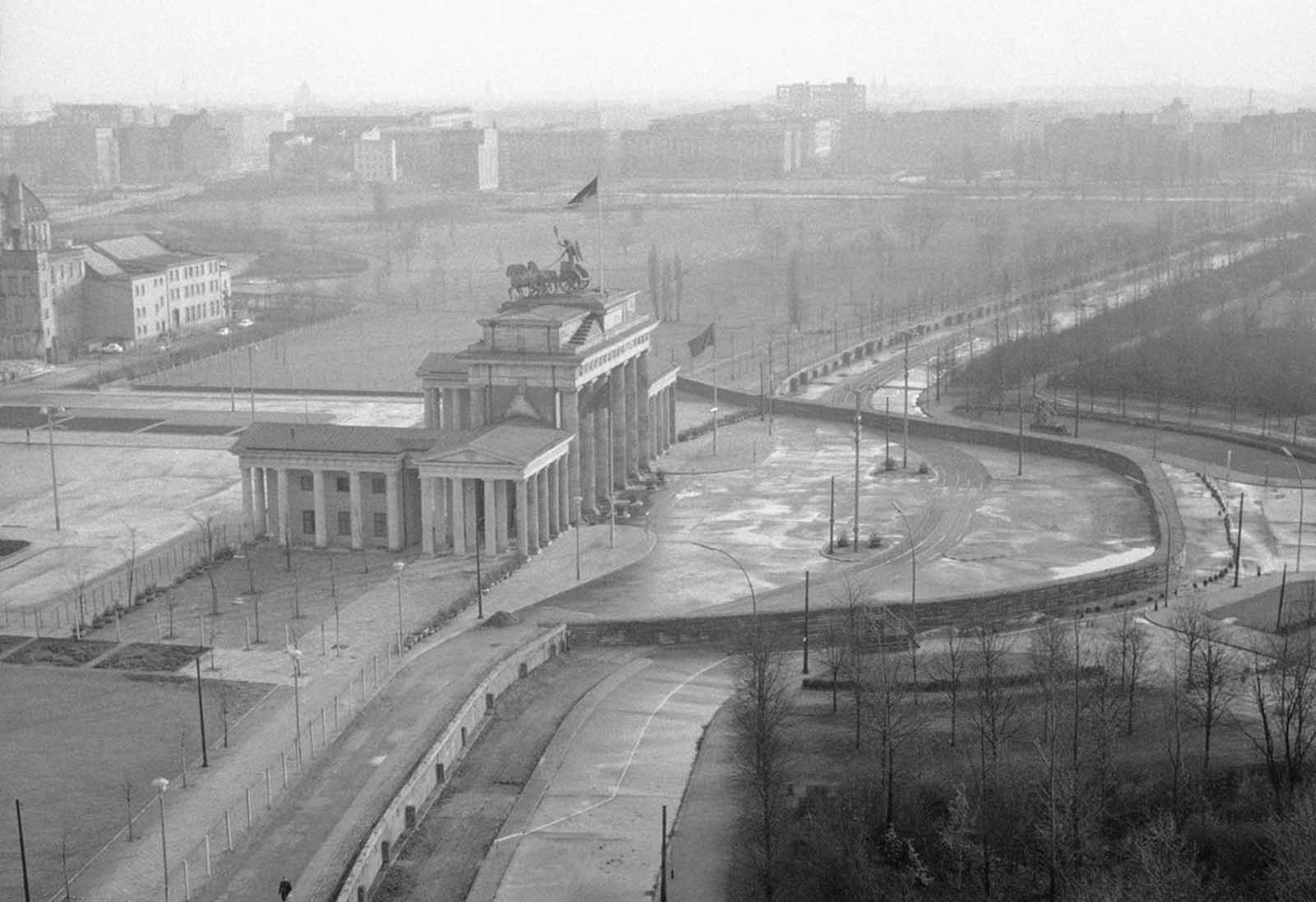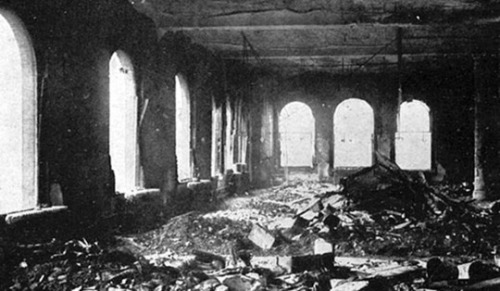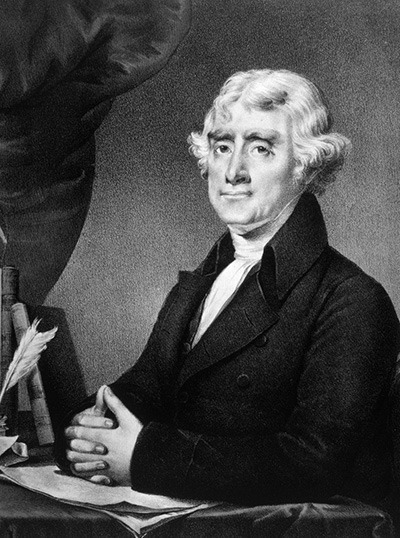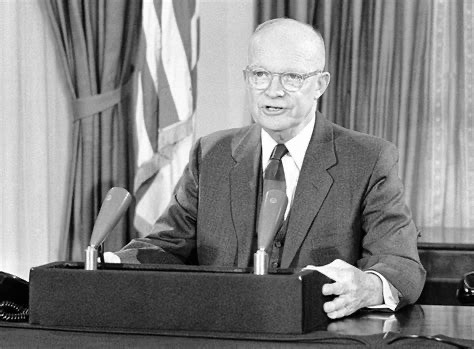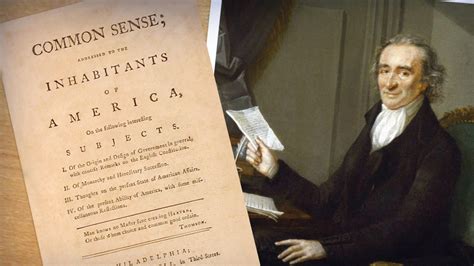Today in History: September 9, 1776 – United States Officially Named
Today in History: September 9, 1776 – United States Officially Named 245 years ago today, the Continental Congress officially names their new union the… Read More »Today in History: September 9, 1776 – United States Officially Named
